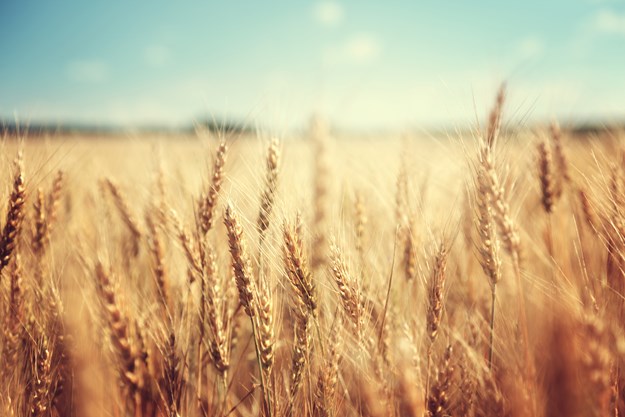Australia's grain industry is in a solid position, according to a new report from farmer representative organisation GrainGrowers, despite production dropping sizeably over the past five years.
 |
|
The Australian grain sector has remained resiliant despite overall production falling across the past five years
|
Overall grain production fell by as much as 7.6 per cent from 2014-15 to 2019-20 as growers battled dry conditions and other disruptions, figures in GrainGrowers’ State of the Australian Grains Industry 2021 report revealed.
The report, produced every five years by the organisation, was released yesterday and offers an insight into the performance of the grain sector as well as highlighting the opportunities and challenges the industry could face over the succeeding five years.
But while the overall production fell to 40.4 million tonnes per year, the average annual value of production rose one per cent to $12.9 billion – an increase of more than 50 per cent when compared to the five years up until 2009-10.
The figures indicated the Australian grain industry contributed 22 per cent of the gross value of Australia’s agricultural sector, making it the second-largest ag industry, despite the contribution figure decreasing from the 27 per cent it held in the five years to the 2014-15 report.
During a webinar by GrainGrowers to herald the release of the report, GrainGrowers chairman Brett Hosking says the past five years have shown the resilience of grain growers across the country.
“Over the past five years, we’ve seen seasonal and market volatility, as growers faced some of the driest years ever recorded in some states, along with a bumper season that saw record production,” Hosking says
“The report highlights how resilient and dynamic the Australian grains industry is, underpinned by thousands of innovative growers.
“To have maintained the value of production and continuing to be a major contributor to Australia’s society and economy in the face of severe drought, global pandemics and market forces outside grower control is an impressive achievement.”
Hosking also provided a brief insight into the challenges outlined in the report.
“Looking ahead, the industry faces a decade of unprecedented change including changing consumer preferences, changing technology and climate change.
“This is taking place against the familiar backdrop of seasonal weather variation, increasing competition and ongoing market access challenges.”
While wheat continues to dominate Australia’s grain production – its total grain tonnes accounting for 53 per cent of all grains produced in the past five years – the production of pulses, inclusive of grains such as chickpeas, lupins and lentils, and barley, rose sharply over the same period.
The report says the average volume of pulses and barley grown per year rose by approximately 20 per cent and the value of the grain increased by 70 per cent for pulses and 30 per cent for barley.
The opportunity for continued expansion is important for the sector too, given the soil health benefits of chickpeas and other pulses by fixing nitrogen into the soil and reducing the required amount of fertiliser.
GrainGrowers chief executive David McKeown says the rise in production of barley and pulses paints a positive story of the country’s grain sector.
“If we look at barley, this is another crop where we really see a positive story. Production is up 19 per cent but value is also up 30 per cent; really telling that great story of meeting those high-end barley and malt markets,” McKeown says.
“Australian farmers, with the same amount of land, the same amount of rainfall but continuing to adapt and delivering even higher value off that same amount of land. It’s really been driven by pulses.”
Moving forward, the report also emphasised the importance of the coming decade for the grains industry and forecasted several challenges and opportunities for the years ahead.
Farmers Down Under are likely to face the perennial challenges of low farmgate and global grain prices, poor seasonal conditions and rising production costs during this ‘pivotal’ decade, the report says.
But bigger challenges – the so-called megatrends – are also set to have ramifications on the industry. One of which – empowered customers – relates to the growing consciousness of developed nation’s appetite for more sustainable and of a higher quality.
‘An increased focus on grains, quality and practices that improve soil health, reduce inputs, protect biodiversity and support social inclusion are all elements of the regenerative agriculture’ movement,” the report says.
“If we look forward to the years ahead of us and look forward to what our sector will look like in 2030, we’re absolutely going to have an increase focus on consumer and customer needs,” McKeown says.
“We will also be responsive to those expectations of consumer and customer markets, whether they be sustainability or other parameters.”
Other identified challenges included rewriting the global rules of trade in the face of the global pandemic and trade dispute with key markets, the emergence of new and developed technology and climate change.

